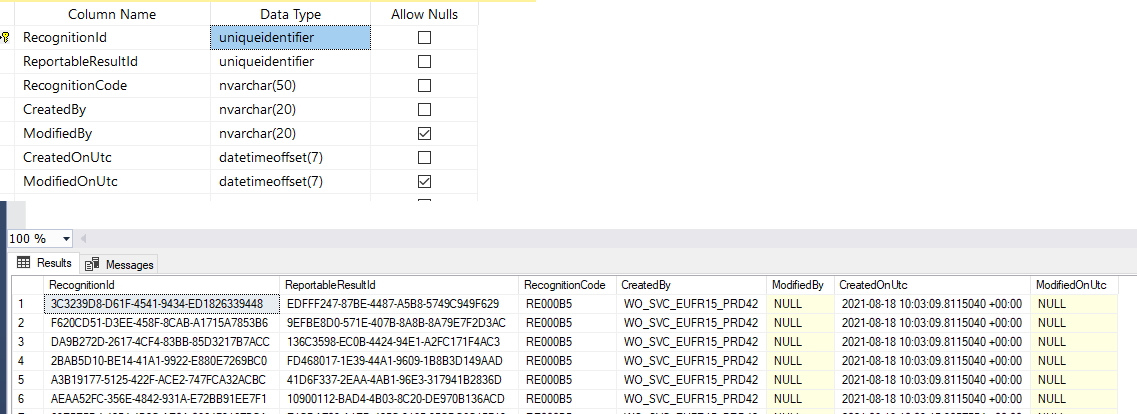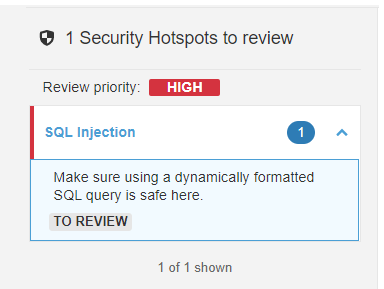Did you try my code?
Source for code below and class project
If not, here is an example where I mocked up data with NuGet package Bogus.
public class BogusOperations
{
public static List<Part> PartsList(int count = 50)
{
int id = 1456;
return new Faker<Part>()
.CustomInstantiator(f => new Part(id++))
.RuleFor(part =>
part.PartName,
f => f.Commerce.Product())
.Generate(count);
}
}
In a separate class create the WHERE IN
public static (string actual, string exposed) DeleteOrUpdateExample(string commandText, List<int> identifiers)
{
using var cn = new SqlConnection() { ConnectionString = GetSqlWhereDatabaseConnection() };
using var cmd = new SqlCommand() { Connection = cn };
cmd.CommandText = SqlWhereInParamBuilder.BuildInClause(commandText + " ({0})", "p", identifiers);
cmd.AddParamsToCommand("p", identifiers);
return (cmd.CommandText, cmd.ActualCommandText());
}
Usage
var partIdentifiers = BogusOperations.PartsList().Select(part => part.PartId).ToList();
var (actual, exposed) = DataOperations.DeleteOrUpdateExample(
"DELETE FROM Parts WHERE PartId IN", partIdentifiers);
Console.WriteLine(actual);
Console.WriteLine(exposed);
Results
DELETE FROM Parts WHERE PartId IN (@p0,@p1,@p2,@p3,@p4,@p5,@p6,@p7,@p8,@p9,@p10,@p11,@p12,@p13,@p14,@p15,@p16,@p17,@p18,@p19,@p20,@p21,@p22,@p23,@p24,@p25,@p26,@p27,@p28,@p29,@p30,@p31,@p32,@p33,@p34,@p35,@p36,@p37,@p38,@p39,@p40,@p41,@p42,@p43,@p44,@p45,@p46,@p47,@p48,@p49)
DELETE FROM Parts WHERE PartId IN (1456,1457,1458,1459,1460,1461,1462,1463,1464,1465,14570,14571,14572,14573,14574,14575,14576,14577,14578,14579,14580,14581,14582,14583,14584,14585,14586,14587,14588,14589,14590,14591,14592,14593,14594,14595,14596,14597,14598,14599,14600,14601,14602,14603,14604,14605,14606,14607,14608,14609)







